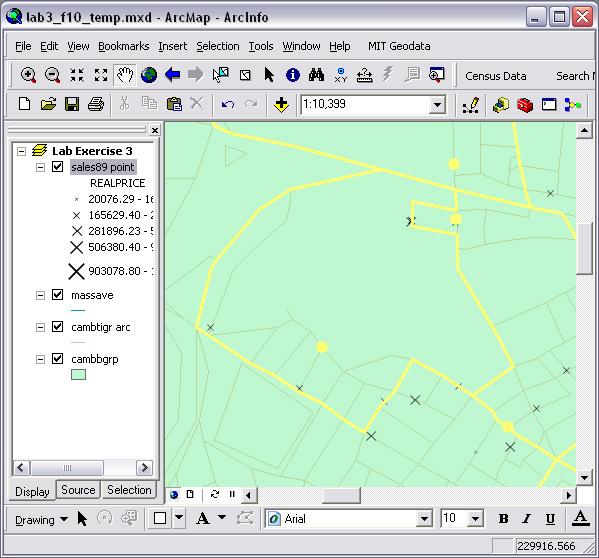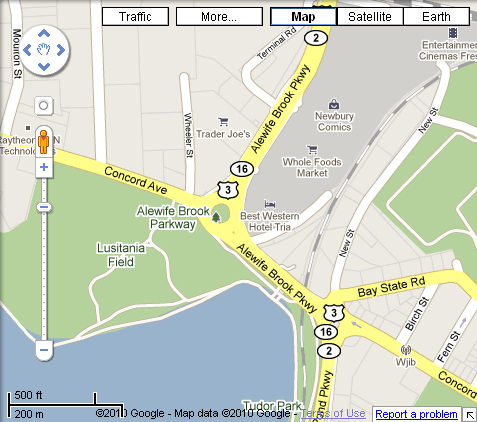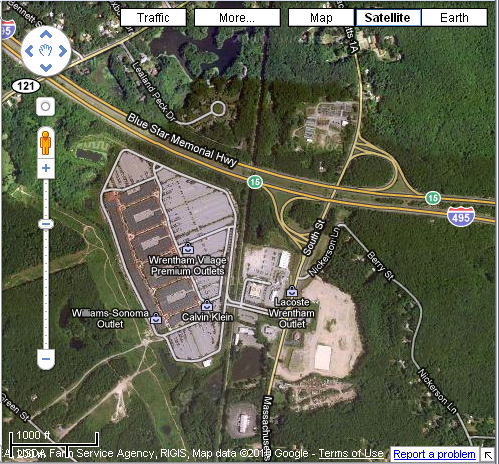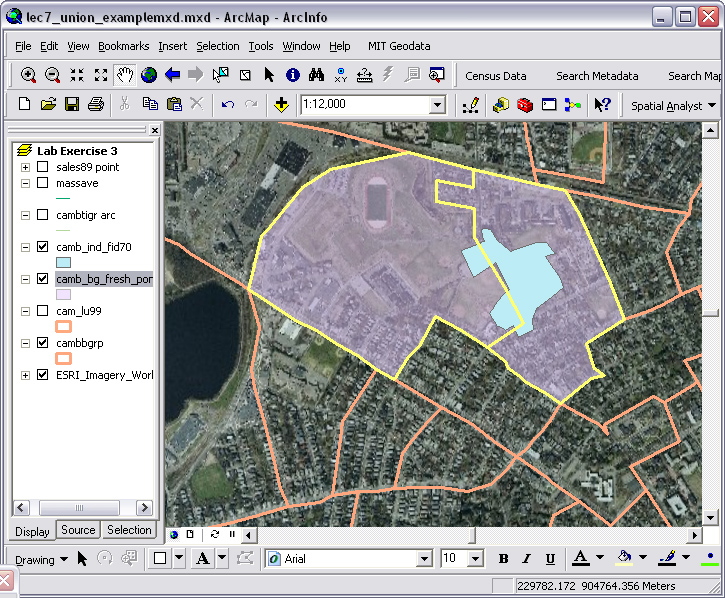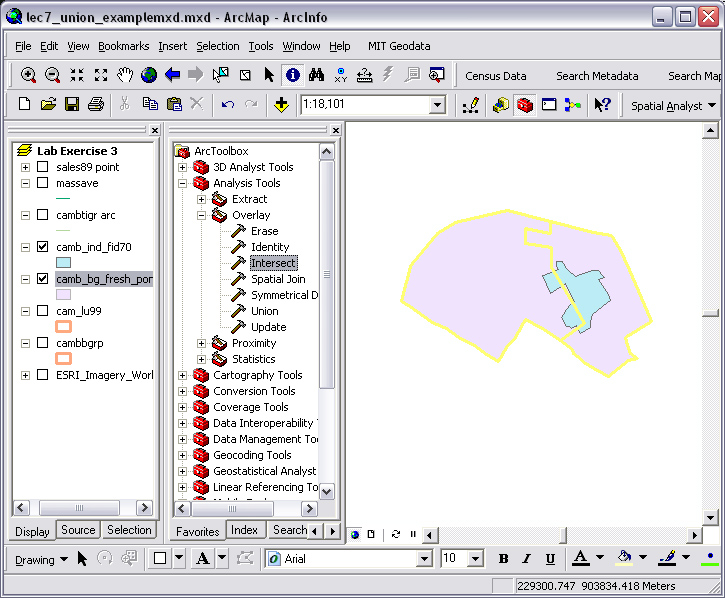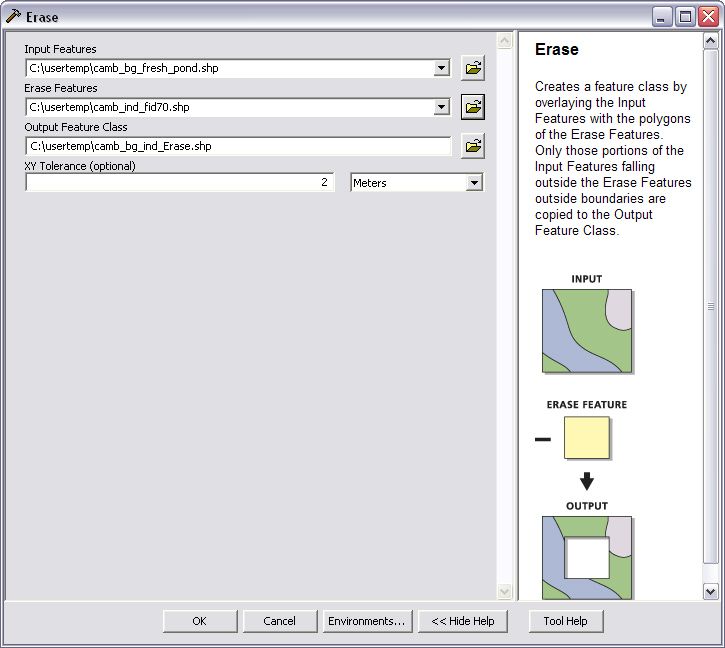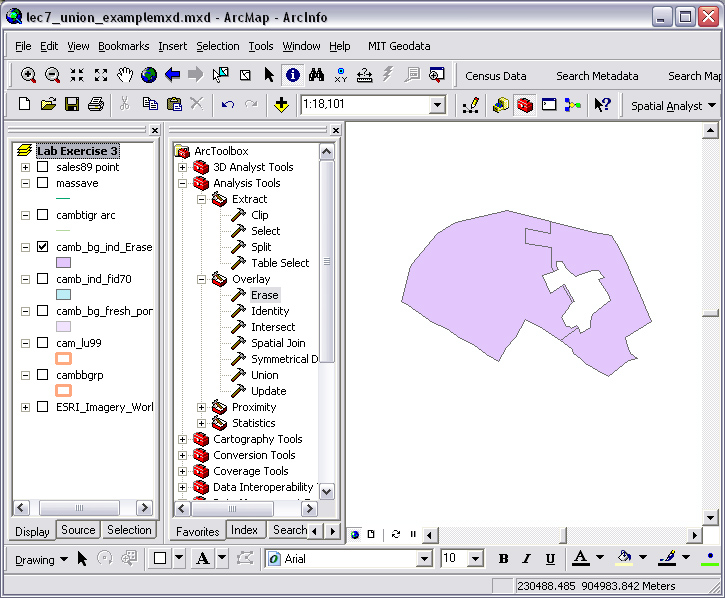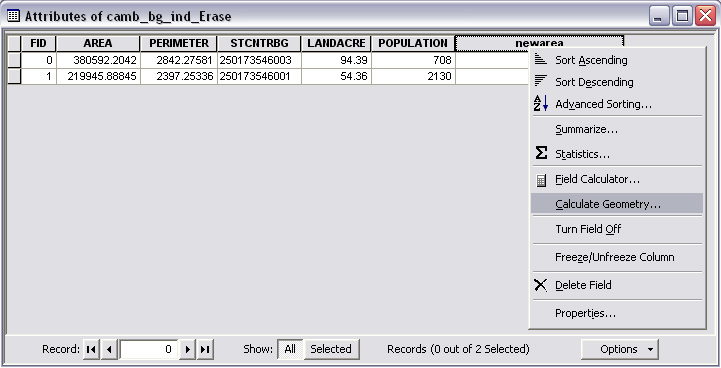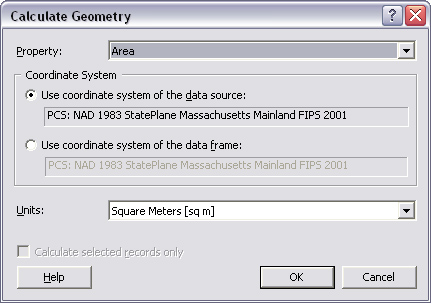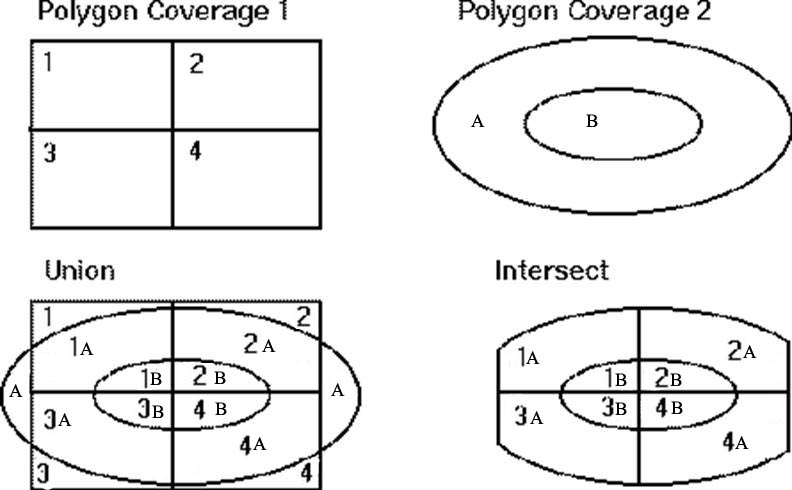
More
spatial data processing
n
Dissolve features based on an attribute.
n
Merge layers together.
n
Clip one layer based on another.
Spatial
Analysis Example - Locating a Shopping Center
n
Criteria for 'good' location:
n
Within two miles
of a major highway, but no less than one quarter mile away from a major
highway.
n
At least one
mile away from a water body (e.g., rivers, lakes).
n
Not in the flood
zone.
n
Close to a major
residential area (at least 2500 households within 5 miles).
n
Requires a large
piece of vacant land (at least 10 acres)
n
Classic 'site suitability' analysis
n
Decompose task into many ArcGIS analysis steps
Data
Required
n
Highway layer (linear feature),
n
Vacant land layer (polygon feature),
n
Rivers layer (linear or polygon feature),
n
Lakes layer (polygon feature),
n
Land use layer (polygon feature),
n
Flood zone layer (polygon feature),
n
Census layer (blockgroup level, polygon
feature).
Spatial
Analysis Process
1.
Select vacant
land parcels larger than 10 acres, result: vacantlg10.
2.
Buffer highway
layer with 2 mile and .25 mile buffers, result: hw2 and hwquarter.
3.
Buffer Rivers
and Lakes layers with 1 mile buffers, result:
river1 and lake1.
4.
Intersect vacantlg10
with hw2 = vacanthw1, useful land.
5.
Union hwquarter with river1, lake1 and flood (need to do two layers
at a time), result: notusable, (land not meeting
the criteria)
6.
remove notusable from
vacanthw1, result: usable.
7.
intersect usable with census blockgroup layer (touch
the boundary of), result: usableblock.
8.
calculate and reselect usableblock
having the total number households larger than 2500, result: bigusableblock.
Additional
criterion
n
Consider
an additional criterion: The median household
income of the proximate residential area should be more than $30,000?
n
Refine
'major residential area' criterion
